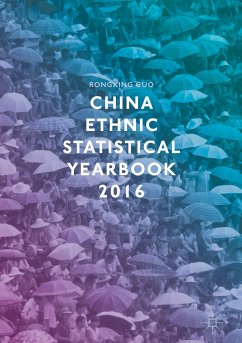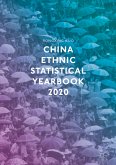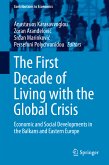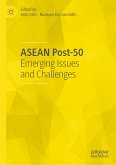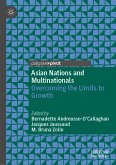China's ethnic diversity has resulted in a special socioeconomic landscape for China itself. However, till presently, a complete socioeconomic picture of China's ethnic groups - especially of its smallest ethnic minorities - still remained unclear. How different have China's ethnic groups been in everysphere of daily life and economic development during China's fast transition period? In order to answer these questions, we have created a detailed and comparable set of data for each of China's ethnic groups.
This book presents, in an easy-to-use format, a broad collection of social and economic indicators on China's 56 ethnic groups. This useful resource profiles the general social and economic situations for each of these ethnic groups. These indicators are compiled and estimated based on the regional and local data gathered from a variety of sources up to 2012.
Dieser Download kann aus rechtlichen Gründen nur mit Rechnungsadresse in A, B, BG, CY, CZ, D, DK, EW, E, FIN, F, GR, HR, H, IRL, I, LT, L, LR, M, NL, PL, P, R, S, SLO, SK ausgeliefert werden.

